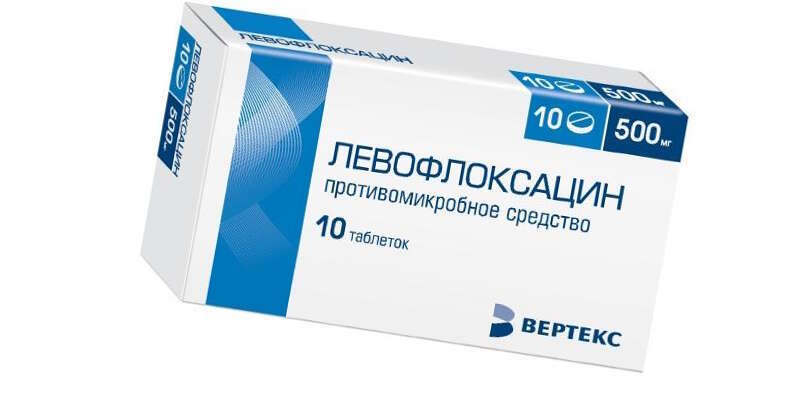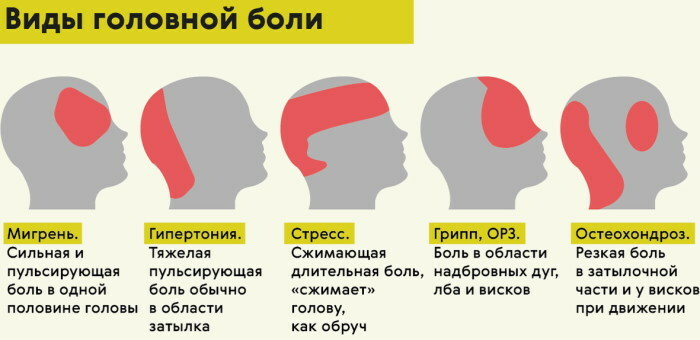The first report of human disease was presented by the Swedish physician P. Malmstenom in 1857, who found in the feces of two patients suffering from diarrhea, balantidiums. He also belongs to the first description of the pathological anatomy of a human disease. After work, N. FROM. Soloviev (1901), established the interstitial parasitism balantidiums, balantidiasis became an independent nosological form.

What it is?
Balantidiasis - an infection of the large intestine caused by a parasite Balantidium coli, which belongs to a class of protozoa. Balantidium coli - it is the largest single-celled parasite that infects humans. The disease was discovered in 1857, when Dr. Malmsten described the first case in Stockholm (Sweden).
Causes of
The etiological agent acts balantidiasis ciliates Balantidium coli. Balantidiums are the largest representatives of the intestinal protozoa, parasites in the human body.
- The life cycle of the parasite passes step 2 - cystitis and autonomic. balantidiums cysts have a diameter of about 50 microns, a circular shape and can survive outside the host for 3-4 weeks. The length of the vegetative forms of the parasite - 30-150 microns width - 30-100 microns; the surface is covered with cilia, which is carried out through movement. In the external environment vegetative forms less stable - die within 3-5 hours.
- The main reservoir balantidiasis agents are pigs, including invasion reaches 60-80%; less a source of protozoal infection serves people. The mechanism of infection balantidiasis - fecal-oral. Transfer balantidium (often cystic forms) occurs through dirty hands, contaminated water, fruits and vegetables.
- Balanthidiasis often ill workers pig farms, slaughterhouses and meat plants. In the digestive tract of humans from cysts formed vegetative forms, which are parasitic in the tissues of the blind, sigmoid and rectum. At the site of their introduction into the mucosa of the colon, formed sections of hyperemia and edema, which are further transformed to erosion and ulceration.
mucosa defects have crater-shaped jagged edges covered necrotic masses bottom. Ulcerative destructive changes in the intestine, absorption of toxic substances, as well as food parasites at the expense of his master form the basis of the pathogenesis of balantidiasis and determine its clinical manifestations.

symptoms balantidiasis
For the acute form of the disease characteristic rough deployed symptoms. After infection balantidiasis no symptoms for 5-30 days (hidden incubation period).
Once in the gastrointestinal tract, the microorganism affects the intestinal wall, causing the initial stage of edema and hyperemia mucosa which are replaced by the process progresses hemorrhages and necrosis, accompanied by strong intoxication that It appears:
- cramping pain in the abdomen;
- frequent false urge to defecate;
- weakness, deterioration in general well-being;
- rise in body temperature to 38,5-39 ° C;
- headache, dizziness;
- reduction or complete loss of appetite;
- liquid malodorous stools with blood, pus, mucus (10-15 times a day).
Objective signs: dry tongue, coated with white bloom, enlarged liver and spleen, stomach sharply painful on pressure in the umbilical region and in the lower divisions. It notes the rapid weight loss, exhaustion develops within a few days (up to a week).
In chronic balantidiasis periods of exacerbation which last from a few days to a month, are replaced by imaginary welfare, bright symptoms disappear in a few months (on average - from 3 months to six months). Manifestations of the disease in this case is mild: slight abdominal pain, diarrhea 2-5 times a day (sometimes with mucus, at least - the blood), there are no symptoms of intoxication.
Diagnostics
The main method of diagnosis balantidiasis - scraping of the affected epithelium, the fence is carried out during a sigmoidoscopy, and a smear taken from the patient's feces. Balantidiums easy to spot, as they are the largest among the ciliates and clearly visible under the microscope.
- In the native smear, which is taken from the faeces, identified the mature form of the simplest. They are mobile and easily change their body shape due to elastic pellicle.
- The scrapings stained by Heidenhain, also found a large number of parasites, cysts, as well as the mucus and blood.
During a sigmoidoscopy marked destructive phenomena and ulcerative intestinal wall, the formation of necrotic and hemorrhage.

How to treat balantidiasis: drugs of choice
Balantidiasis is a specific infection, so the causative agents of this disease are the most common fatal antibiotics in low enough doses.
The first recommended drug for the treatment balantidiasis monomitsin is used in the form of five-day cycles 4-one-time injection of 250 IU. Total two cycles with a break of about a week is recommended. Oxytetracycline also works well, which is prescribed in tablets of 0.25 g of 4 times a week for knocking in the case of mild forms of the disease. In severe cases, the treatment balantidiasis both of antibiotic given in combination with each other.
Additionally appointed:
- trihopol;
- Yatren;
- ampicillin;
- detoksiatsionnye drugs;
- immunomodulators.
In a hospital environment, you can use gene therapy. Surgical treatment is indicated in the development of clinical acute appendicitis, peritonitis, ulcer perforation, gastrointestinal bleeding.
In the case of late initiated or inadequate treatment mortality may reach 10-12%.
prevention
The following simple measures can prevent balantidiasis:
- Maintenance of sanitary and hygienic living conditions.
- Avoiding contact with pigs or fertilizers contaminated by their faeces.
- Drinking and household use only clean water.
- Thorough hand washing after using the toilet and before preparing or eating food.
- Wash all fruits and vegetables with clean water.
With regard to social prevention, balantidiasis, as well as many other diseases transmitted the fecal-oral route, it is possible to prevent the improvement of hygiene, cleaning and disinfection, treatment Wastewater.



